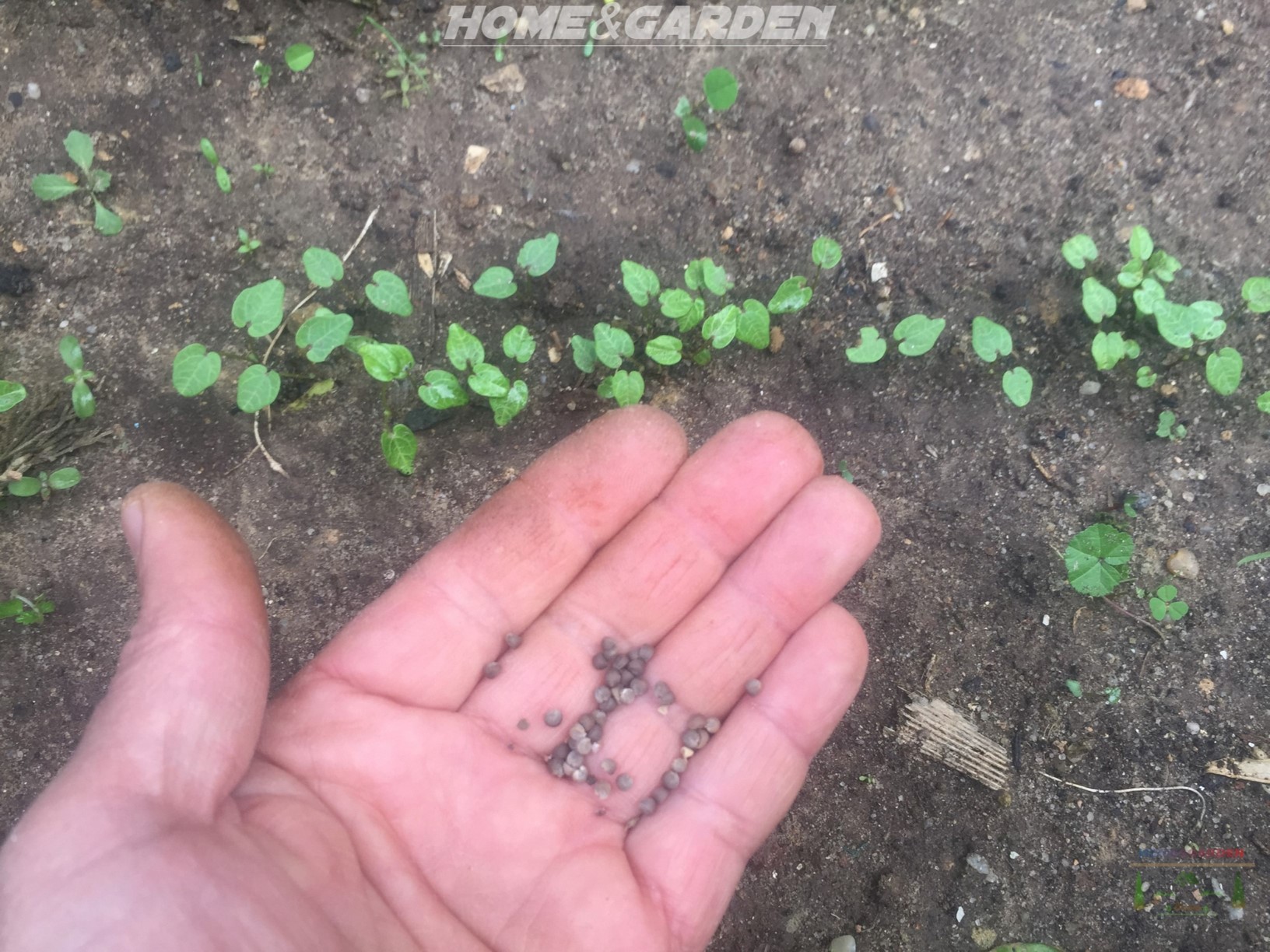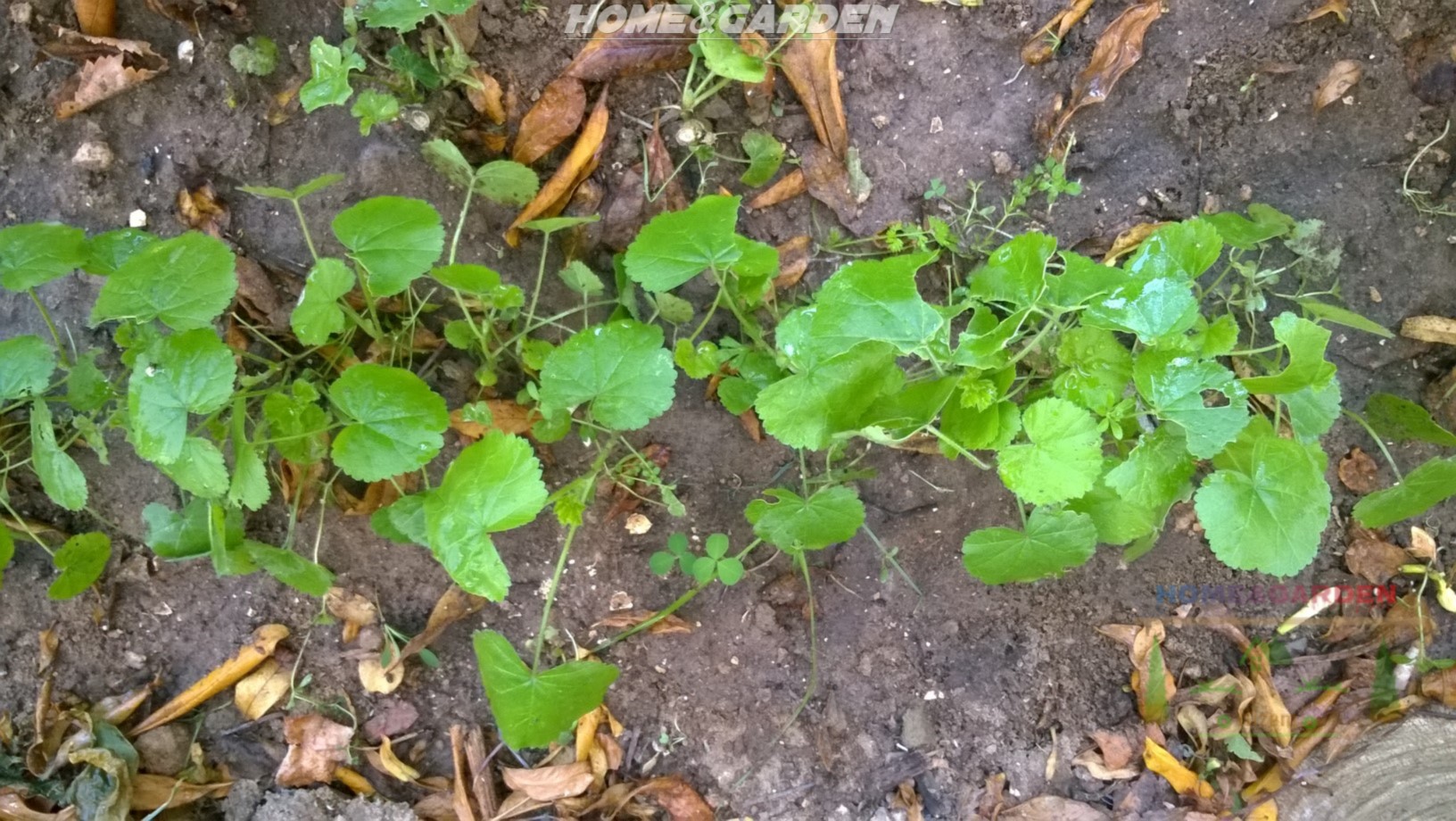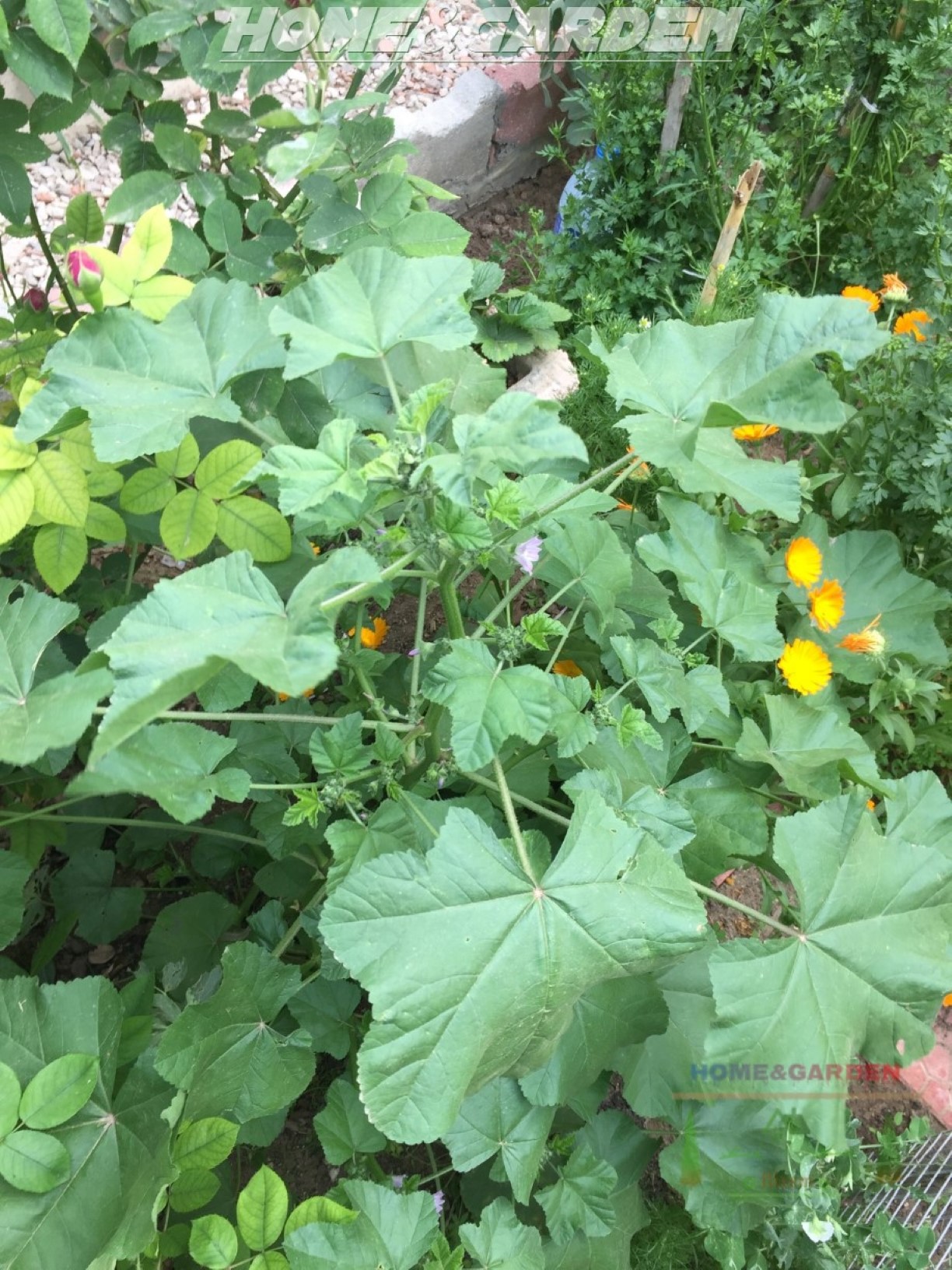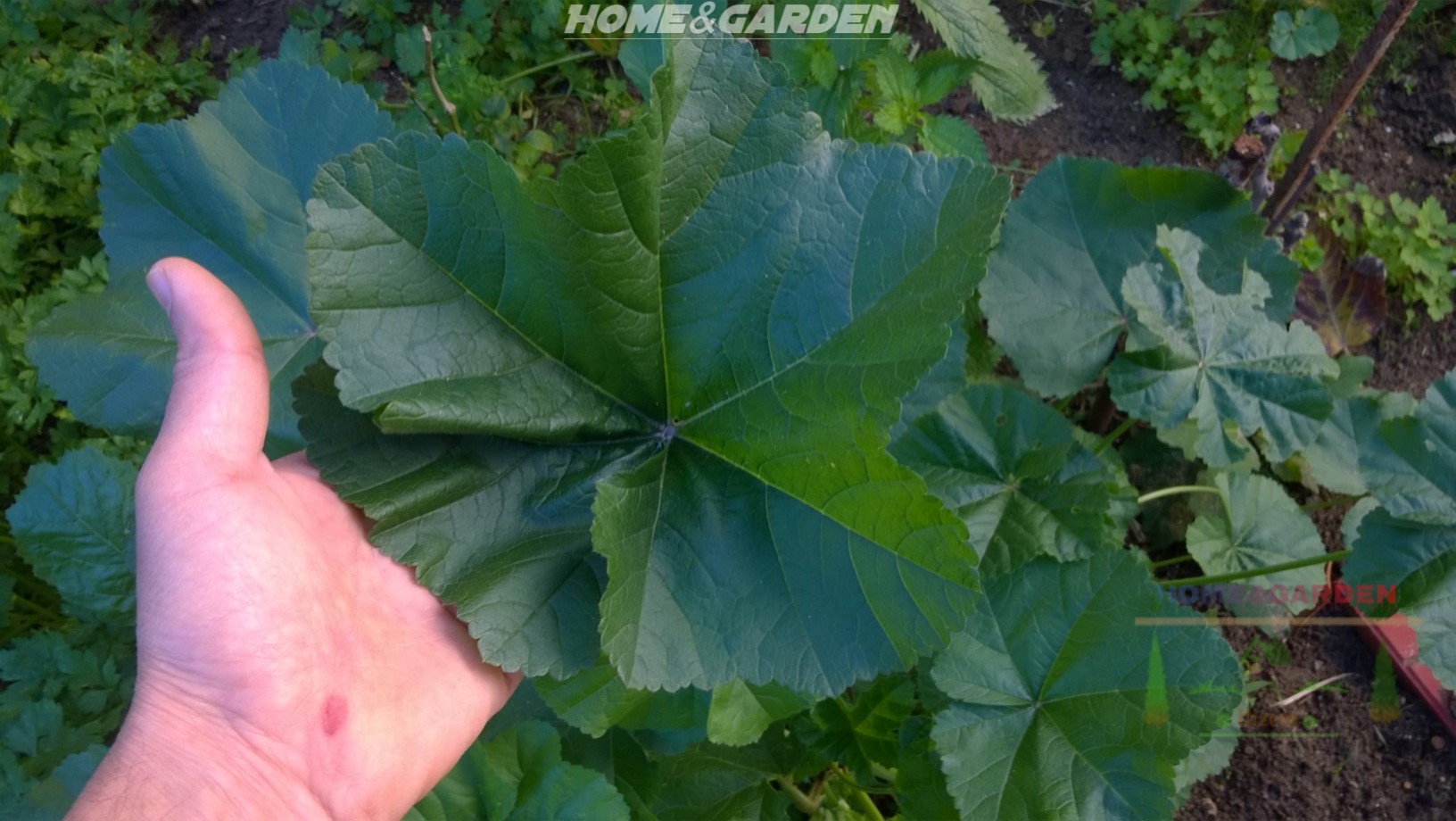How To Grow Mallow
Mallow is a delightful plant for the garden. It is easy to grow and needs almost no work once established. The plant is drought tolerant and can grow on most soils as long as they are well drained.
The best time for planting Mallow is between October and March, but if there is a risk of severe frost in your area, the plant could easily freeze to death! So wait until last frost, I found that spring is definitely the best possible time to sow the seeds.
- Sow the seeds where you choose to grow and lightly push them into the soil and water well.
- Mallow is an easy plant to grow, and the seeds tend to germinate readily. Germination is best between 53 - 68 °F (15-20 °C). New sprouts grow as basal rosettes. The first two leaves are smooth and heart shaped.
Mallow plants are drought tolerant, but grow best with a constant supply of water. So water regularly during droughts. For a bushier plant growth, pinch back growing tips after the plant reaches 12", add mulch around the plants to hold moister and to keep weeds down.
You can pick mallow leaves when they are large enough (about the size of your palm or larger) and before the plant flowers or whenever they are a bright, healthy green. You can also pick the flowers, the young shoots and stems.
Watch How To Harvest Common Mallow Leaves Video
Harvesting Mallow Seeds
Once you have a mallow plant established in the garden, you can leave the plant to go to seed and collect the seeds for replanting.
Mallow seeds are covered by a papery husk, and the seeds will be inside in a ring around the middle. You can collect the ones that are fully 'ripe'. If the seeds are still soft or greenish, you would wait for them to harden. Also, if the papery husks are empty, the seeds have already ripened and fallen to the ground. The seeds are usually ready to collect when they turn dark brown. Once you have collected your mallow seeds, place them into a storage container. This can be in a paper envelope or inside a Mason jar. Label the seeds and put them in a dry, cool, dark place, they should last for at least 2 year, and possibly much longer.
Watch How To Collect Mallow Seeds Video
Mallow Diseases and Control
All mallow plant diseases are associated with excess water. It is necessary to water the plant with care, it does not like stagnation of moisture.
. Rust is the worst of the few diseases affecting mallow. The disease manifests itself by the fact that on the reverse side of the leaves appear auburn spots. All affected leaves must be removed and burned.
. Powdery mildew appears on mallow. You can fight it with a solution of colloidal sulfur.
When a disease is detected, completely remove the affected leaves and treat with natural antifungal agents.
Medicinal Uses
Mallow Plant is popular as a soothing remedy for coughs and colds. It can be used as well for inflammation of digestive, urinary, or respiratory organs. This amazing plant is also regarded as soothing and healing to the skin.
Want to read: ➡️ Mallow Plant
Please let us know your thoughts, experiences, or questions in the comments below. If you like this, you can share with your friends!
chokrihomeandgarden is a participant in the Amazon Services LLC Associates Program, an affiliate advertising program designed to provide a means for sites to earn advertising fees by advertising and linking to amazon. Some of the links to products on this site are affiliate links. These are products that i've used or recommend based from homesteading experience. I do make a small commission (at no extra cost to you) from these sales.(alert-warning)




















